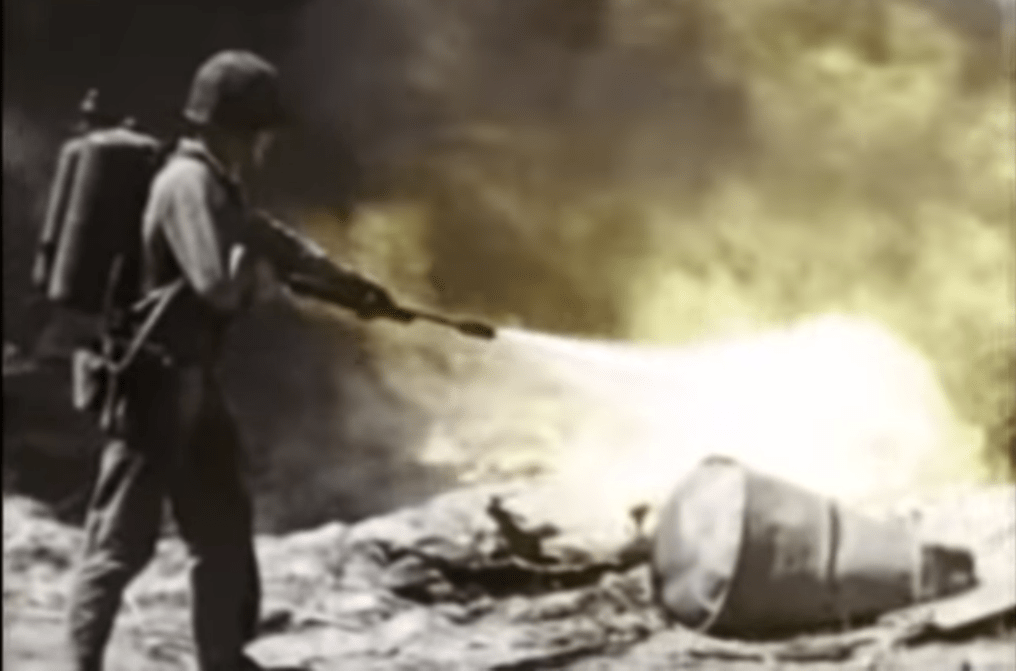

Inspired by a WWI veteran, Robert Nett joined the Connecticut National Guard in 1941. Soon after, his unit was activated and Nett found himself fighting in the South Pacific.
By the winter of 1944, Nett had led several attacks on Japanese forces in the Philippine islands and was already considered a seasoned combat veteran.
But one battle that took place on the island of Leyte proved to be one of Nett’s most significant accomplishments and one of the bloodiest.
Related: This is the only living African-American from WW2 to earn MoH
Two platoons were ordered to engage the enemy at once; the first stormed toward the Japanese at full force as the second gave “support-by-fire” position in the rear.
As Nett and the first platoon advanced, they slid Bangalore charges through the enemies’ barb wired defense system, clearing their path. The flamethrowers operators then crawled through the detonated gaps and incinerated the enemy forces, allowing allied troops to create a stable foothold for themselves.
Nett’s objective was to clear a sizeable fortified enemy building just up ahead. He called to the forward observer to light the area up with 105mm shells to break the structure’s exterior security.
Just as the shells struck the building, Nett took a surprising neck wound — his jugular vein had been nicked.
Ignoring the pulsating wound, Nett crawled from squad-to-squad while engaging enemy that appeared nearby. Nett decided that it was time for him and his men to fix their bayonets.
With adrenaline pumping through their veins, Nett and his fellow soldiers carefully dashed toward their objective. Nett moved his machine gun teams to their new fighting positions while dangerously engaging the enemy in close quarter combat along the way. At that time, he took another enemy round, this time to his chest — collapsing a lung.
Also Read: This Vietnam War vet will receive MoH for saving 10 soldiers
Continuing to advance, Nett’s men made it to the fortified structure and burnt that sucker to the ground — mission complete.
Nett then noticed his feet were getting heavy as his internal blood loss appeared to be collecting there. He was wounded three times before returning to the rear for treatment.
He was awarded the Medal of Honor for his bravery in battle on Feb. 8, 1946, in his birthplace of New Haven, Connecticut.
Check out Medal of Honor Book’s video below to hear this incredible story from the legend himself.

